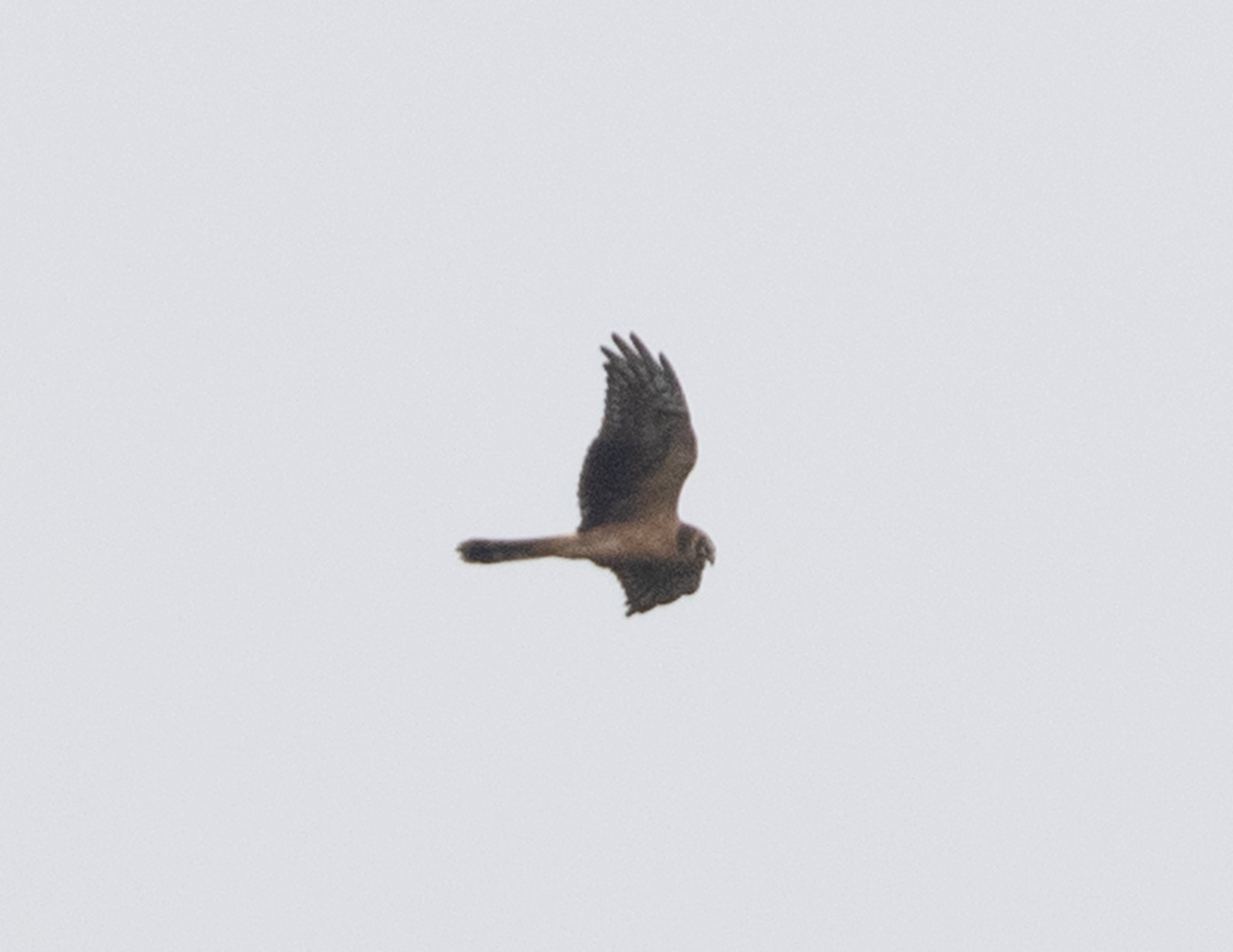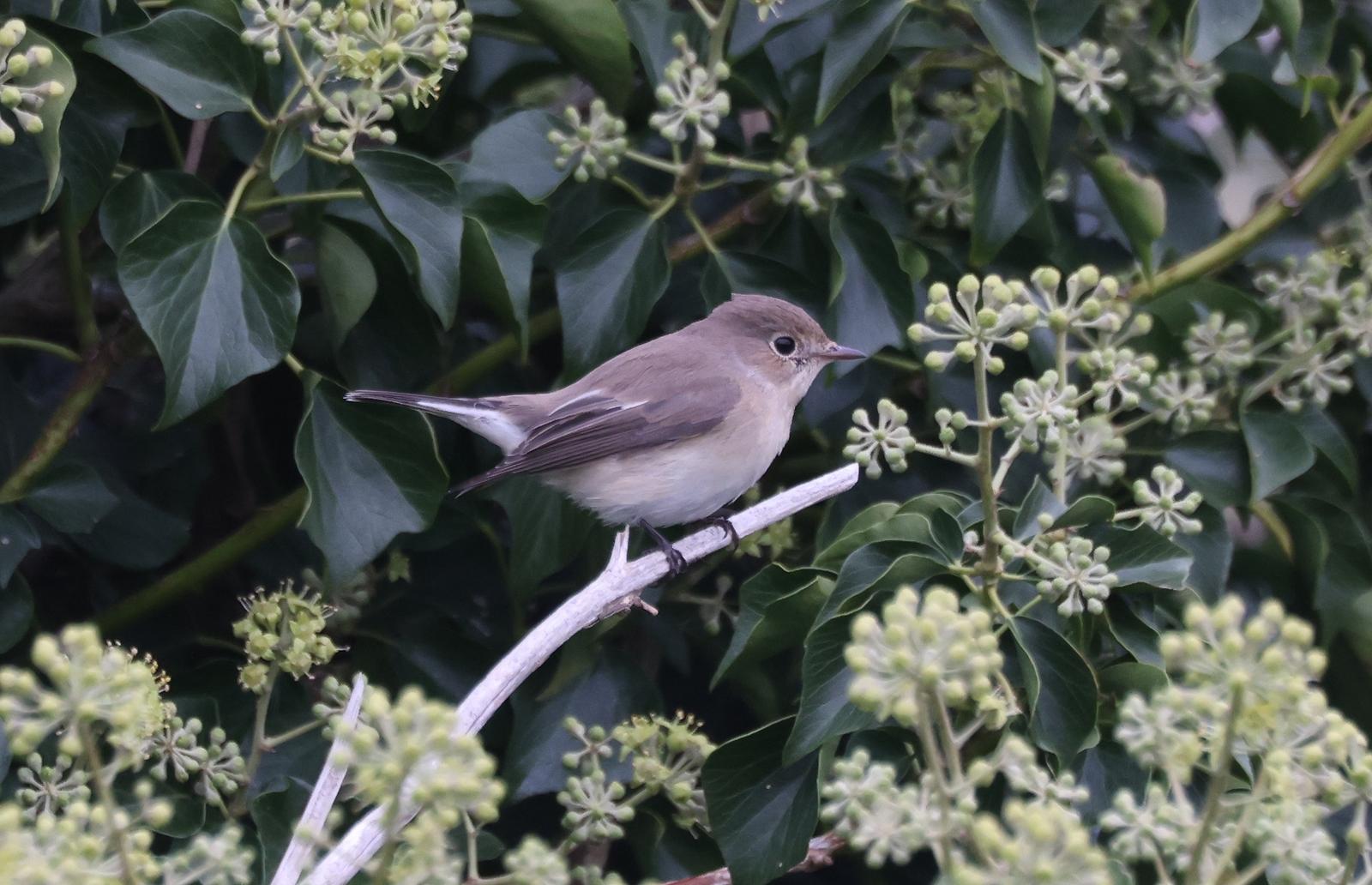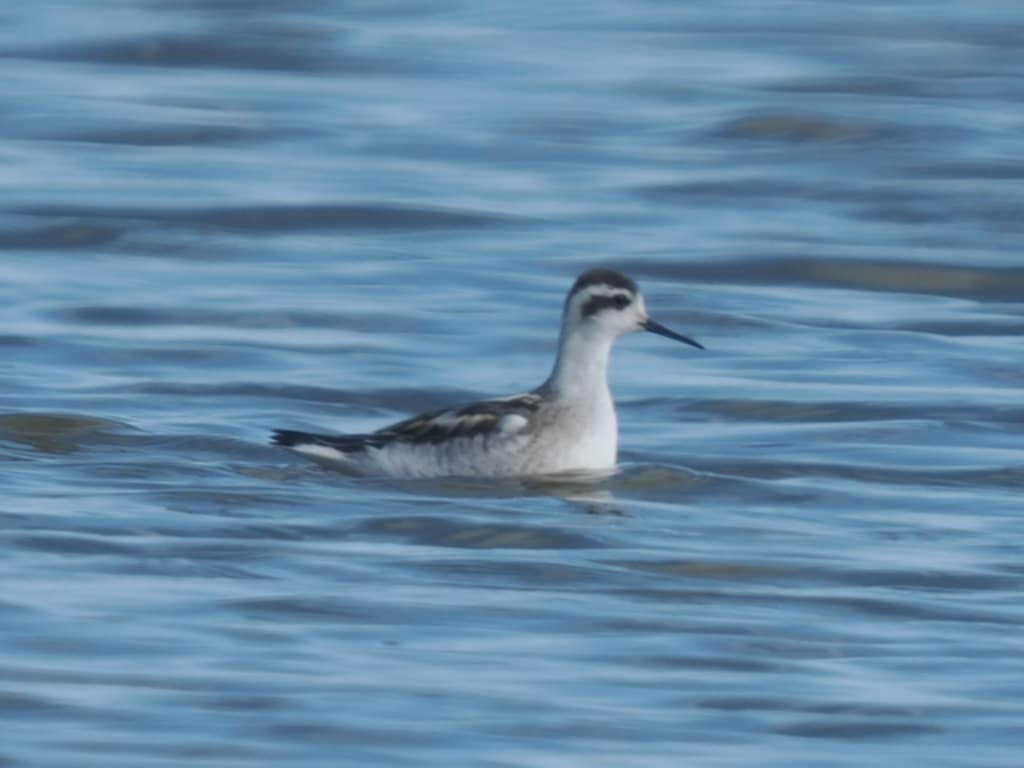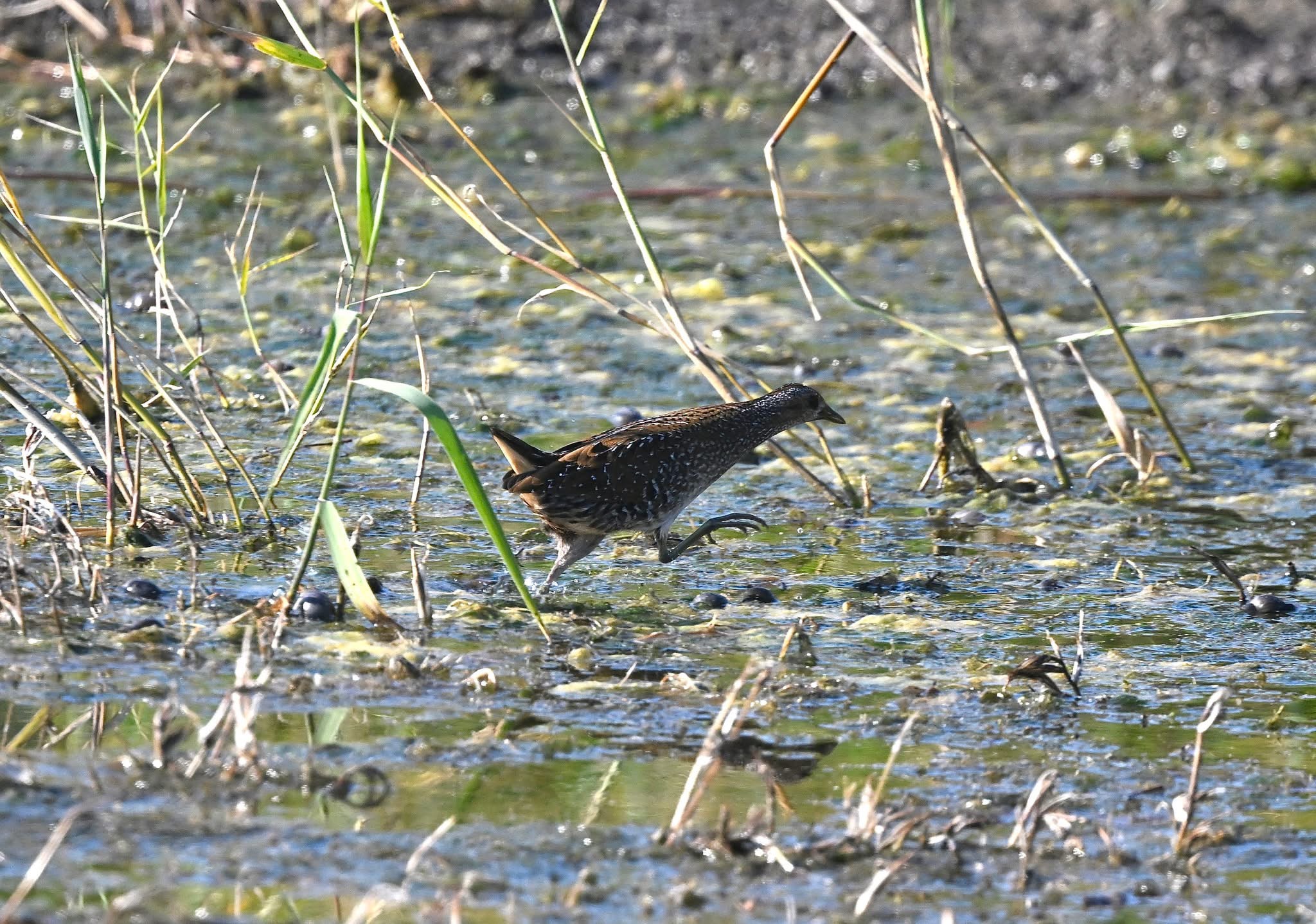
Pallid Harrier - Jamie Partridge
This week saw the second Big Kent Migration Day on the 28th. As birders flocked to the different coastal sites to join in the activities, several nice birds were found. The Sandwich/Worth area did particularly well, with a fly by Red-rumped Swallow during an early morning Viz-mig (visual migration) session, plus a second (or same) later in the day at Worth, the discovery of a Red-necked Phalarope on Lydden Flood which stayed the remainder of the week, and a White-tailed Eagle that flew over, and was seen at several other spots around the county. On migration day also 1000s of Swallows and Martins streamed over Dungeness, while at Samphire Hoe a nice male Ring Ouzel was on show.
Nothing says autumn as much as the sound of a calling Yellow-browed Warbler. On the 27th around 8 were reported across the county, with two staying multiple days in the Margate cementery where there were also a couple of Redstarts and Pied Flycatchers. The rarest bird of the week, however, was a juvenile Pallid Harrier which flew north over the Dungeness trapping area on the 1st, and then was seen at Langdon Cliffs/South Foreland later that day. A Red-breasted Flyctacher was seen briefly but well at Worth Marshes on the 29th, and then another at Dungeness NNR on the 1st and 2nd.

Red-breasted Flycatcher - Martin Casemore
Further Ring Ouzels were at South Foreland with upto 6 on the 27th, while the first Lapland Bunting for the year was at Cliffsend on the 1st. A Spotted Crake at Sandwich Bay from the 30th was a surprise, following the long-staying individual earlier nearby. Sea-watching was quiet, with a Long-tailed Skua past Tankerton on the 30th the only noteworthy sighting. A Snow Bunting was at Seasalter, while one flew past Foreness. A drake Greater Scaup at Pegwell Bay was early in the season. Several Glossy Ibis remained in the county, while a few more Hen Harriers and a Short-eared Owl returned. Hawfinches were seen flying over at Ramsgate and Margate.

Red-necked Phalarope - David Todd
A slender-looking 'golden plover' at Seasalter on the 28th provided an interesting identification challenge. As it stayed distant, the ID could not be clinched, with uncertainty over the colour of the axillaries, which looked grey in the field, but on one photo looked white (which would indicate normal Golden Plover).
The unofficial Kent year list grew by 9 to 276 over September. Sea-watching added quite a few (Grey Phalarope, two Storm-petrels, Sabine's Gull and Black Guillemot), while other additions were Corncrake, Red-necked Phalarope, Red-breasted Flycatcher and Yellow-browed Warbler. What will October bring? Good luck.
Peter Eerdmans

Spotted Crake - Russ Blackman
(Thanks to all the observers who posted their records on the KOS Sightings website, BirdGuides, eBird and/or the main Kent Birding WhatsApp groups, Thursday-to-Thursday. Apologies for any omissions. If anyone has any photos they think may be useful for the weekly, please send to me by Wednesday. All records of rarities are still subject to official confirmation by the relevant rarities committees)
 Kent Ornithological Society
Kent Ornithological Society